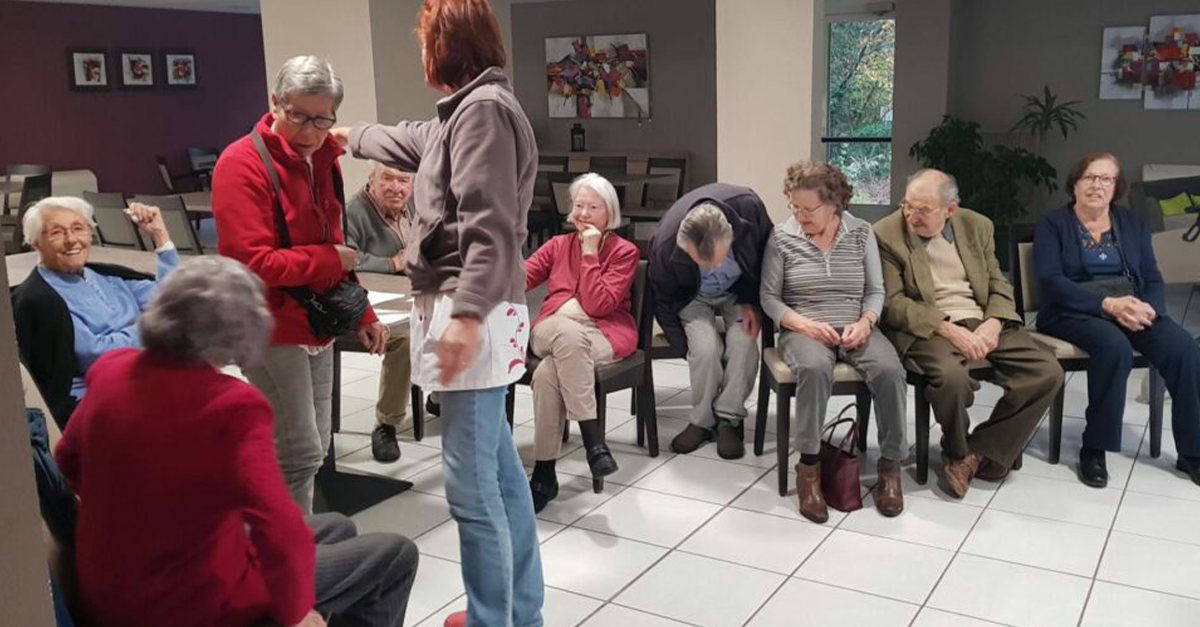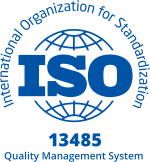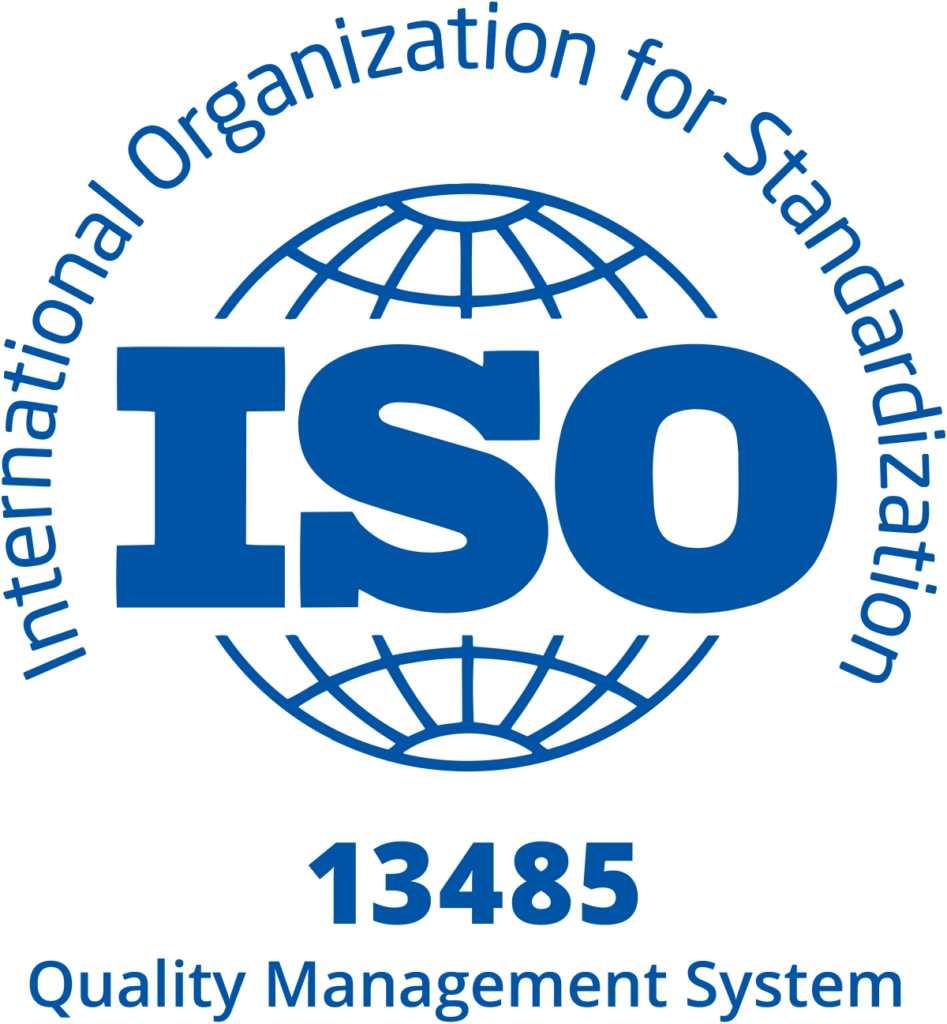How to deal with the anxiety of senior citizens? To address their concerns and make their daily lives easier, nursing homes set up various activities to relax and stimulate their residents. These wellness workshops help to involve them, maintain social links and sometimes even combat depression. We share with you 7 innovative approaches to promote relaxation in retirement homes and improve the elderly’s quality of life.
1. Experiencing zootherapy in nursing homes to relax
Did you know that the presence of a pet is soothing? This is the statement of zootherapy, also named animal mediation, which is becoming more and more popular in residential care for elderly people. A session is supervised by a professional who, on a weekly basis, intervenes during group therapies. The dog remains the most favoured participant, however other animals take part in these workshops, such as the pony, the llama, the donkey, the guinea pig, the Pyrenean goat or the dolphin, according to the French Institute of Zootherapy.
Non-judgemental and caring, animals are privileged interlocutors that provide a feeling of calm, in addition to helping to overcome loneliness and isolation. The dog’s intervention allows seniors to stimulate their motor skills, their memory, their vision, but also their sense of observation. What is the name of the dog, its breed, its age? All these questions will lead the residents to work on a cognitive level. From a motor point of view, activities such as lifting the leg to make the dog go underneath, walking or brushing the animal are proposed.
2. Easing anxiety with a Snoezelen space for the elderly
Created by two Dutch psychologists in the 1970s, this method consists in awakening physical sensations for people with learning or communication problems. The word Snoezelen comes from the contraction of the Dutch terms snuffelen (sniffing) and doezelen (dozing). Initially developed for the support of behavioural illnesses, the scope of this concept has now been extended to retirement homes. The follow-up programme is defined by professionals and adapted to the needs of each resident.
Snoezelen spaces stimulate the five senses through the use of music, vibration, light, scents with the diffusion of essential oils and tactile sensations. Specific equipment can be installed such as bubble columns, luminous optical fibres or certain foam objects. These sensory rooms, comfortable and reassuring, offer a relaxing atmosphere during half-hour sessions. Particularly suitable for accompanying people suffering from Alzheimer’s disease, Snoezelen spaces in nursing homes soothe residents’ anxieties and break the rhythm of daily life.
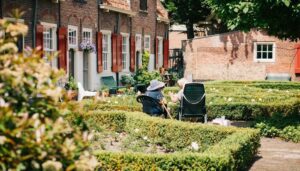
3. Establishing an actual therapeutic garden to reconnect with the senses
Horticultural therapy promotes the use of gardens as a space for rehabilitation and care. These green spaces have a multitude of benefits for the body and mind of residents:
- they encourage openness to the outside world and thus avoid withdrawal;
- They facilitate physical activity such as walking to maintain muscles and joints, as well as fine motor skills such as weeding or pruning;
- they stimulate observation of the environment, whether with insects or birds;
- they help to fight against the loss of reference points thanks to the monitoring of seasonal variations.
The therapeutic garden does not follow any particular model, it will bear this term as long as it is suitable for people with reduced mobility or those weakened by age or illness. Irritating or allergenic plants are thus avoided, as well as those with thorns.
The garden has an impact on life within the establishment, both for the residents and the care staff. The Mederic Alzheimer Foundation (FMA) and the National School of Landscape Architecture of Versailles (ENSP) have created an instructive guide about designing and developing gardens spaces for the benefits of social, medico-social and health facilities.
4. Practising sophrology to encourage relaxation in retirement homes
Sophrology is based on calming techniques in order to encourage muscular relaxation and peacefulness among residents. The practitioner will lead the participant to become aware of their breathing and to anchor themselves in the present. This refocusing helps to reduce ruminations and negative thoughts. Acceptance of one’s condition, whether about age or one’s illness, is a central approach during the sessions. The interest is to bring a new look on oneself, full of compassion and empathy.
Sophrology will also reactivate the sensory memory. The practitioner draws on souvenirs to revive sensations known in the past and arouse comforting and reassuring emotions. Finally, the sessions work on the posture and balance of the elderly. In order to avoid falls and slumping, the sophrologist evokes the verticality of the body and carries out simple exercises to consolidate support. In addition to relieving pain and calming the mind, a study has shown a clear improvement in the quality of sleep of seniors who practice sophrology.
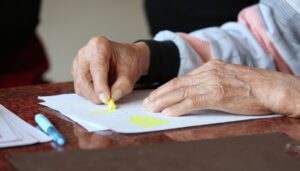
5. Discovering art therapy to express oneself differently
This psychotherapeutic care process offers patients creative situations without any artistic prerequisites. Art therapy uses painting, sculpture, drawing, collages, but also singing, theatre and dance to stimulate and involve elderly people in nursing homes. No masterpiece is expected at the end of the workshop, the emphasis is rather on the expression of emotions, especially suffering, imagination and the valorisation of the residents.
The art therapist accompanies the elderly without ever judging or interpreting their productions, but rather providing support and encouragement. The sessions, which last on average one to two hours, can be individual or in groups. The motives and goals vary according to the suggestions of the therapist, the wishes of the patient and the pathologies.
6. Escape with cooking interventions for seniors
In this original and fulfilling concept, dietary rules have no place. Therapeutic kitchen is based on the observation that preparing food is a warm and comforting activity. The workshops revolve around the sensations of touching the food, tasting it, but also smelling the range of aromas that emerge. Each flavour, colour, texture and shape is sublimated. Playful, they leave aside the complex recipes to be strictly followed and the restrictions in order to limit the feeling of guilt: it is the pleasure of making the dish that matters over the result itself.
These moments are very convivial, promote well-being and encourage discussion. The workshops are led by doctors, dietitians or psychometricians and are particularly relevant for isolated seniors, people with reduced mobility or suffering from mental disorders. During the sessions, the cognitive abilities of the residents are called upon through the handling of utensils, the calculation of proportions or the management of cooking time. Accessible to beginners, cooking therapy improves the living conditions of the elderly.
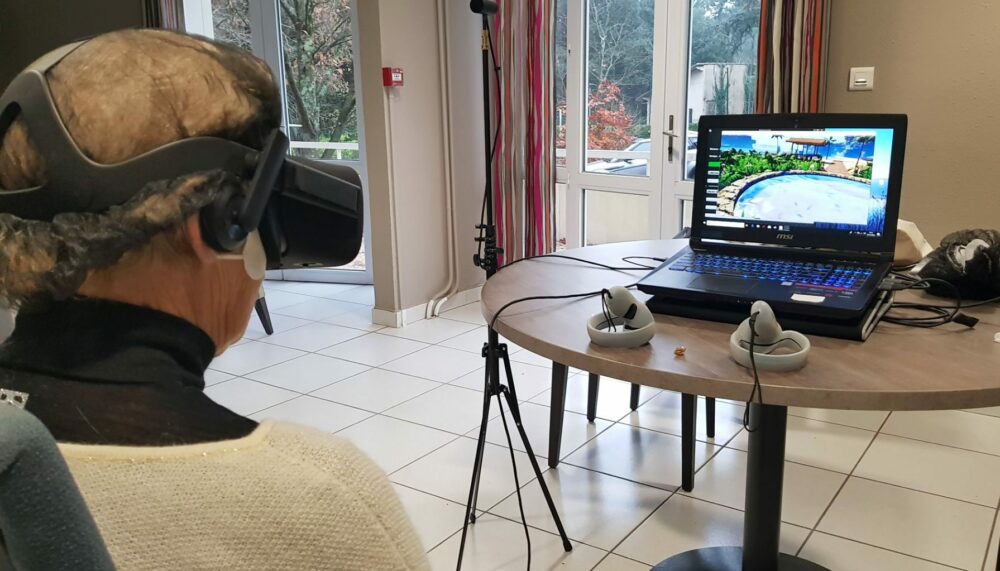
7. Embark on a sensory journey with virtual reality
Travelling motionless is a promise kept by virtual reality. This technology offers comprehensive and entertaining non-medicinal therapy sessions for the elderly. In addition to creating a deep sense of relaxation, virtual reality facilitates care operations by diverting patients’ attention. It also frees from the limitations of physical movement and allows discovering immersive worlds without any constraints.
The helmets are adapted so that the residents experience each session in optimal comfort and ease. Their introduction must, nevertheless, be done with pedagogy so that the seniors get accustomed to the equipment used. However, studies have shown a rapid appropriation and a positive perception of the experience. Virtual reality presents the advantage of being easy to set up, versatile and low cost once the initial investment is made. Based on other relaxing principles such as hypnosis or music therapy, it has many tools to improve the quality of life of seniors.
The Healthy Mind’s device has been optimised by doctors and neuroscience experts to relieve anxiety and reduce pain. Our medical solution is particularly relevant for providing relaxation in retirement homes. Since a demonstration is worth a thousand words, do not hesitate to contact us to try it.

